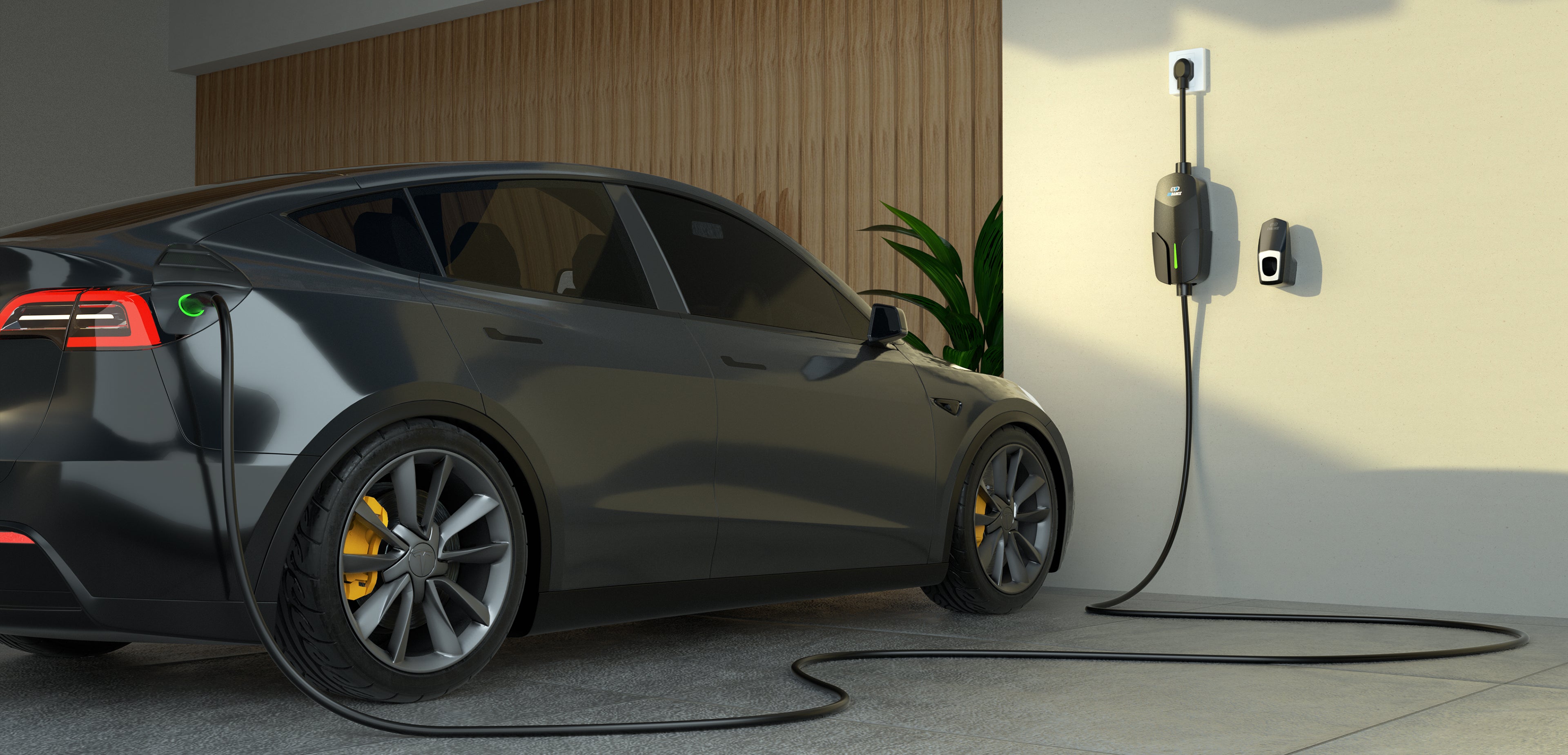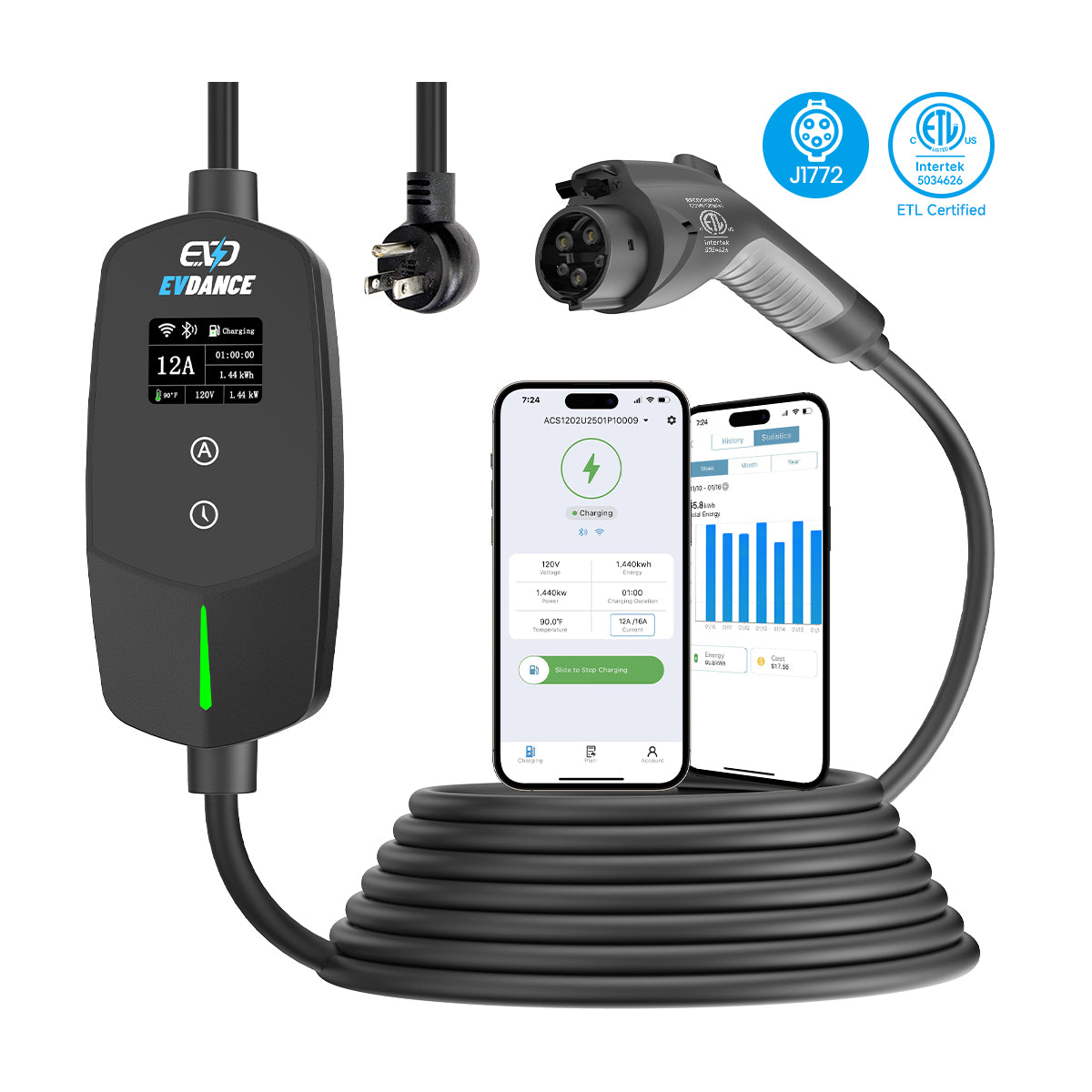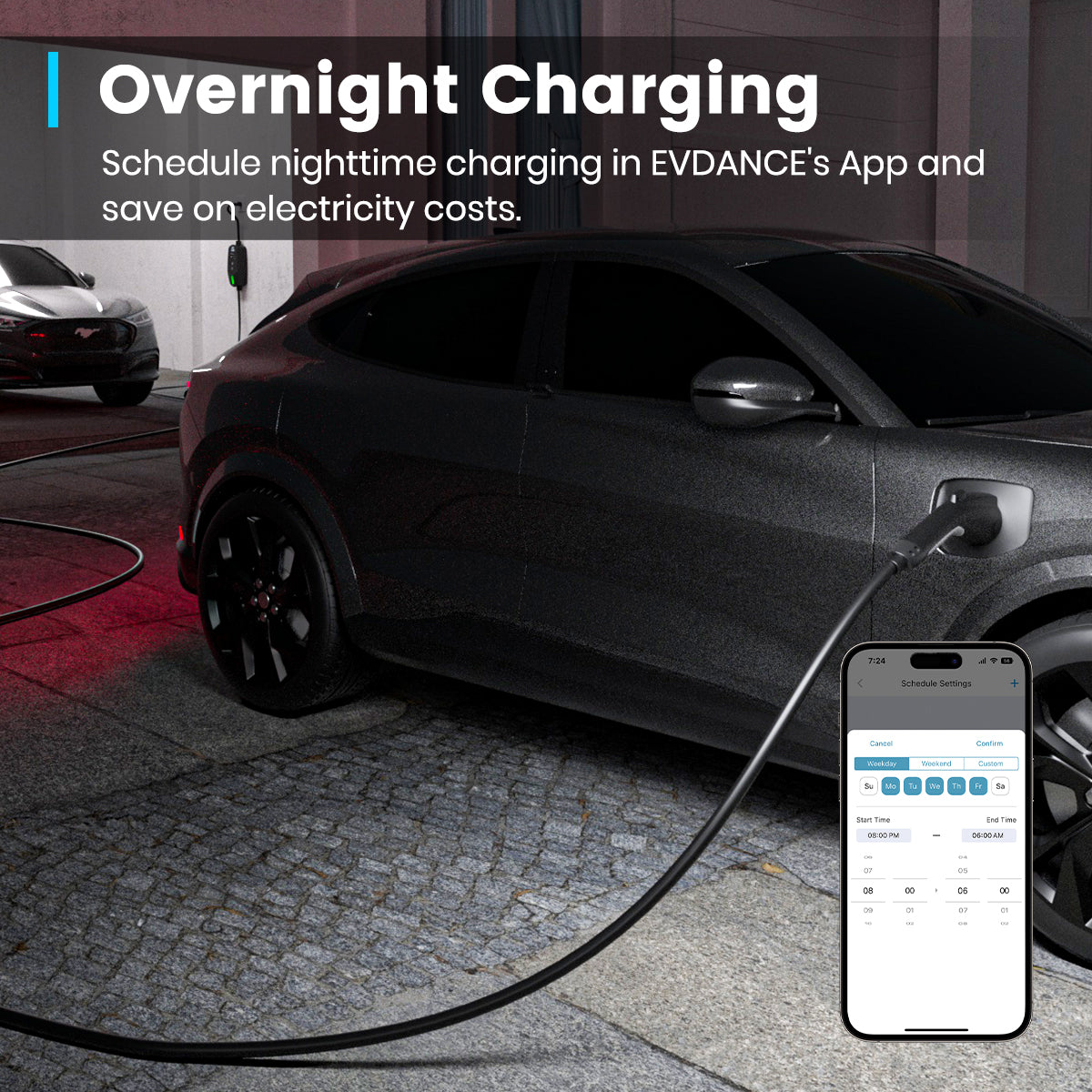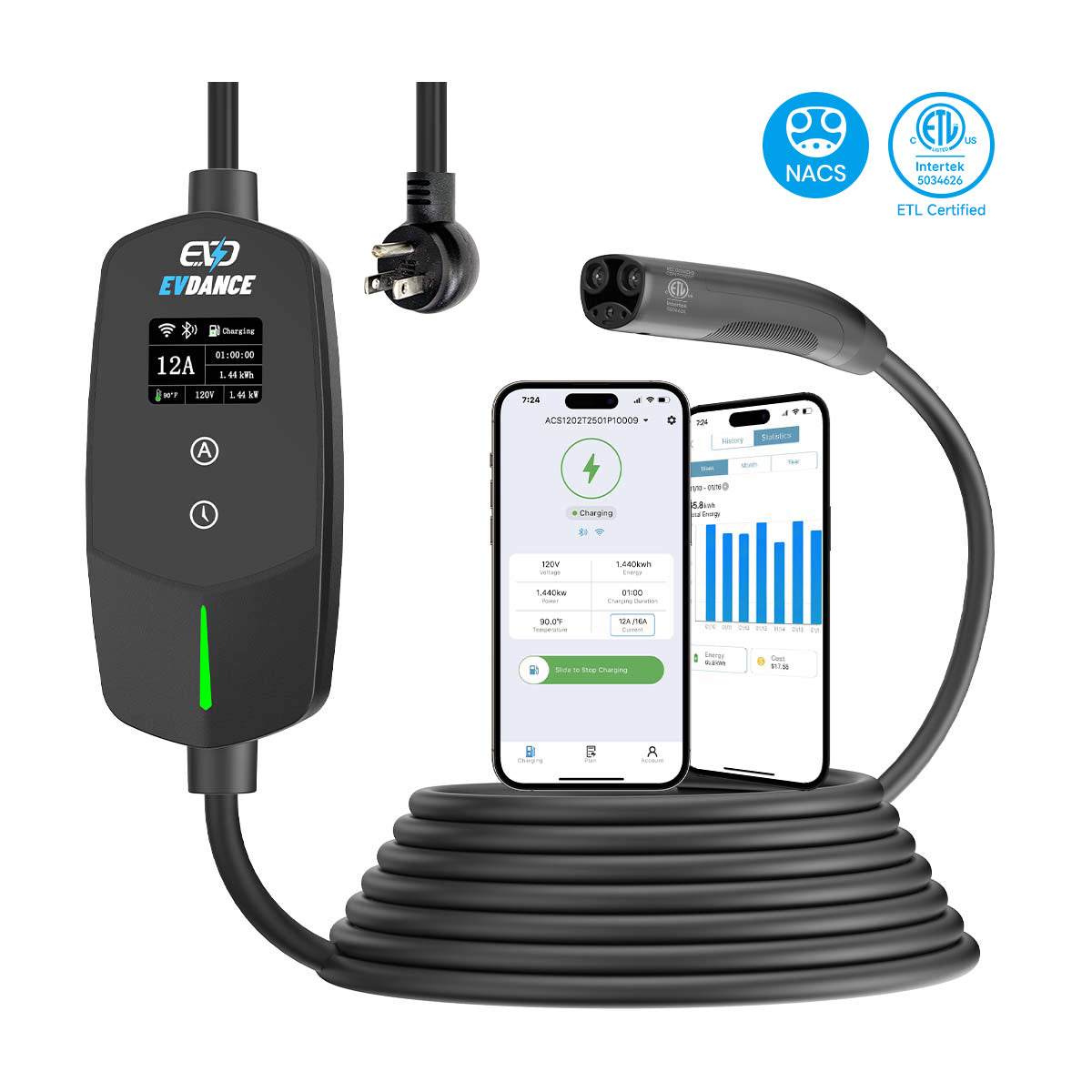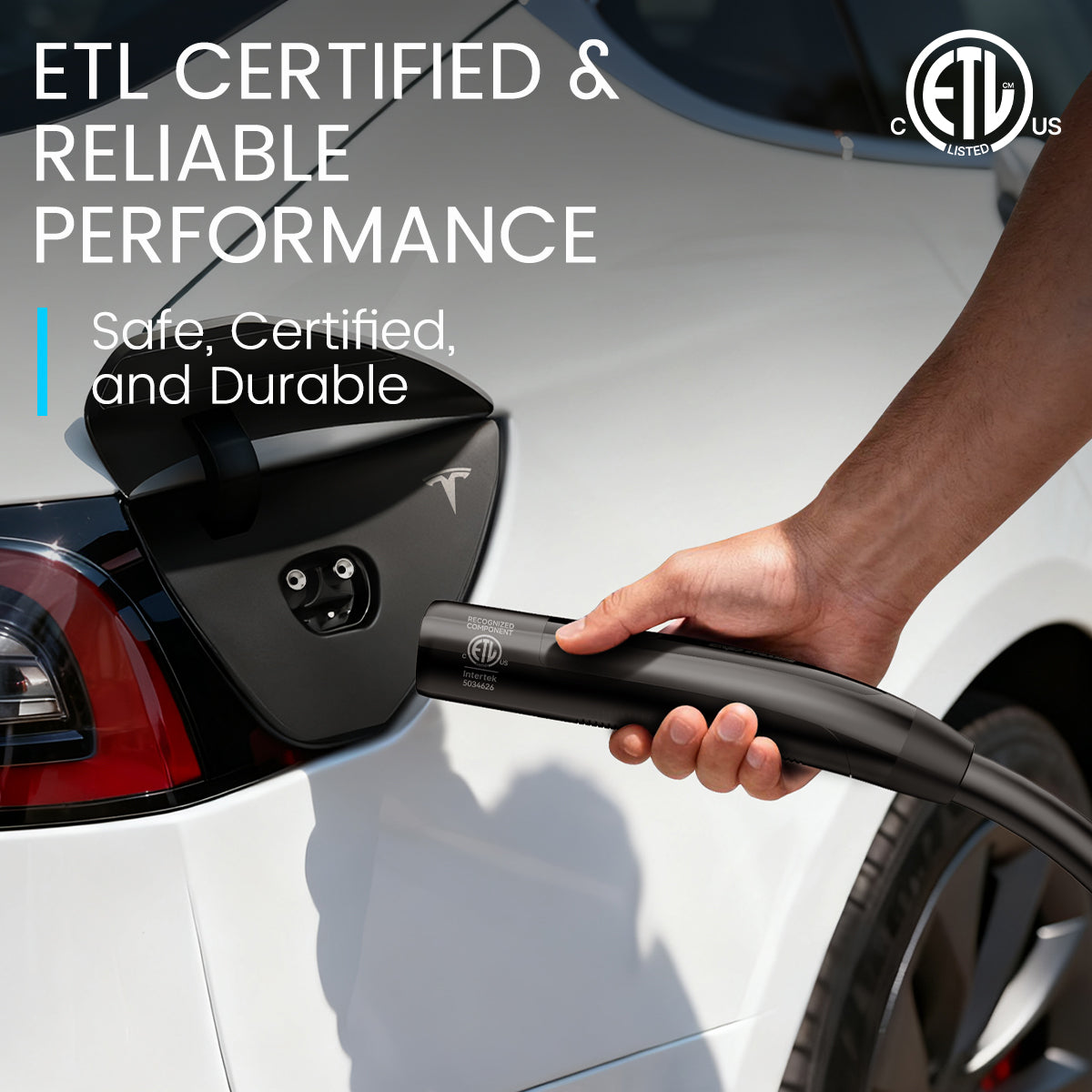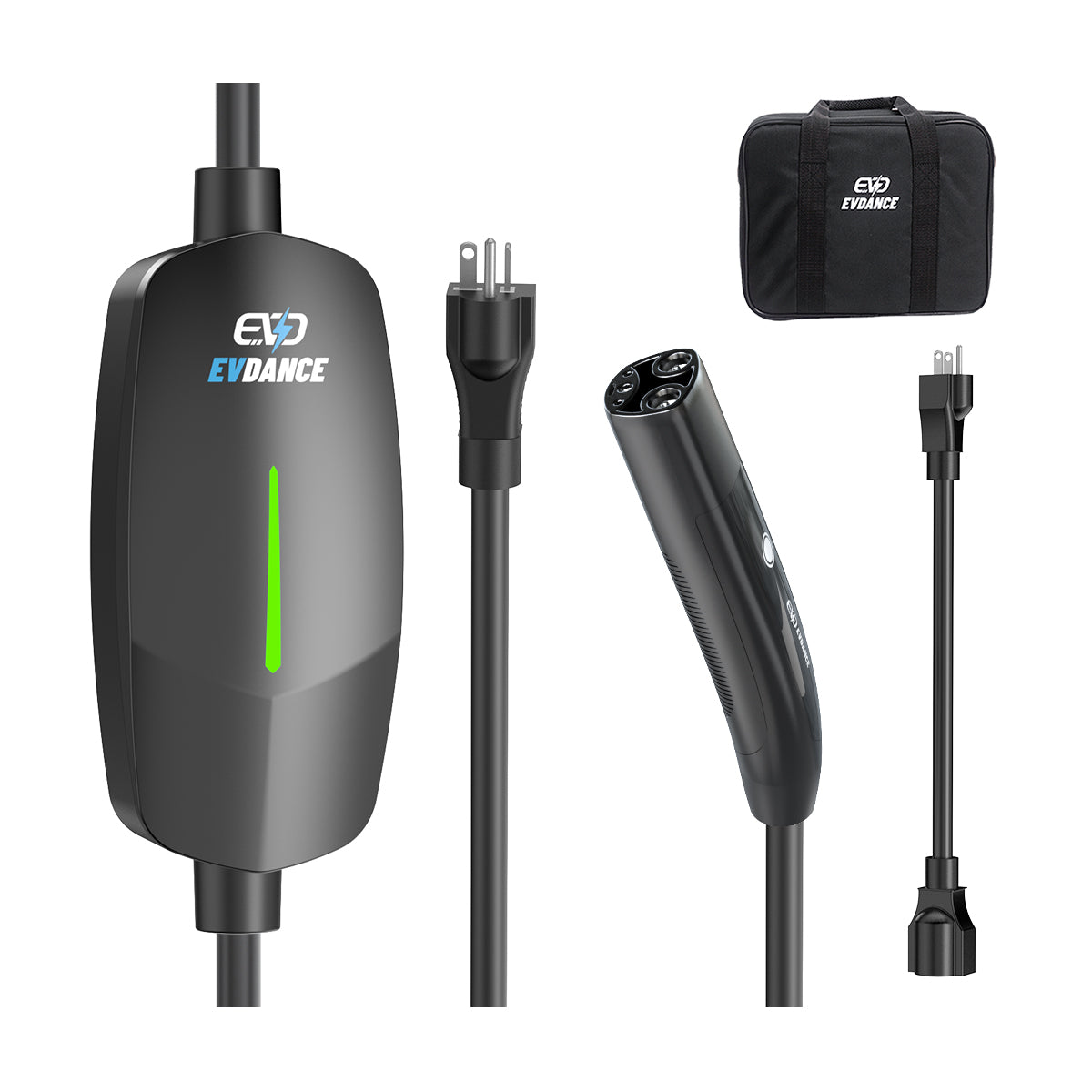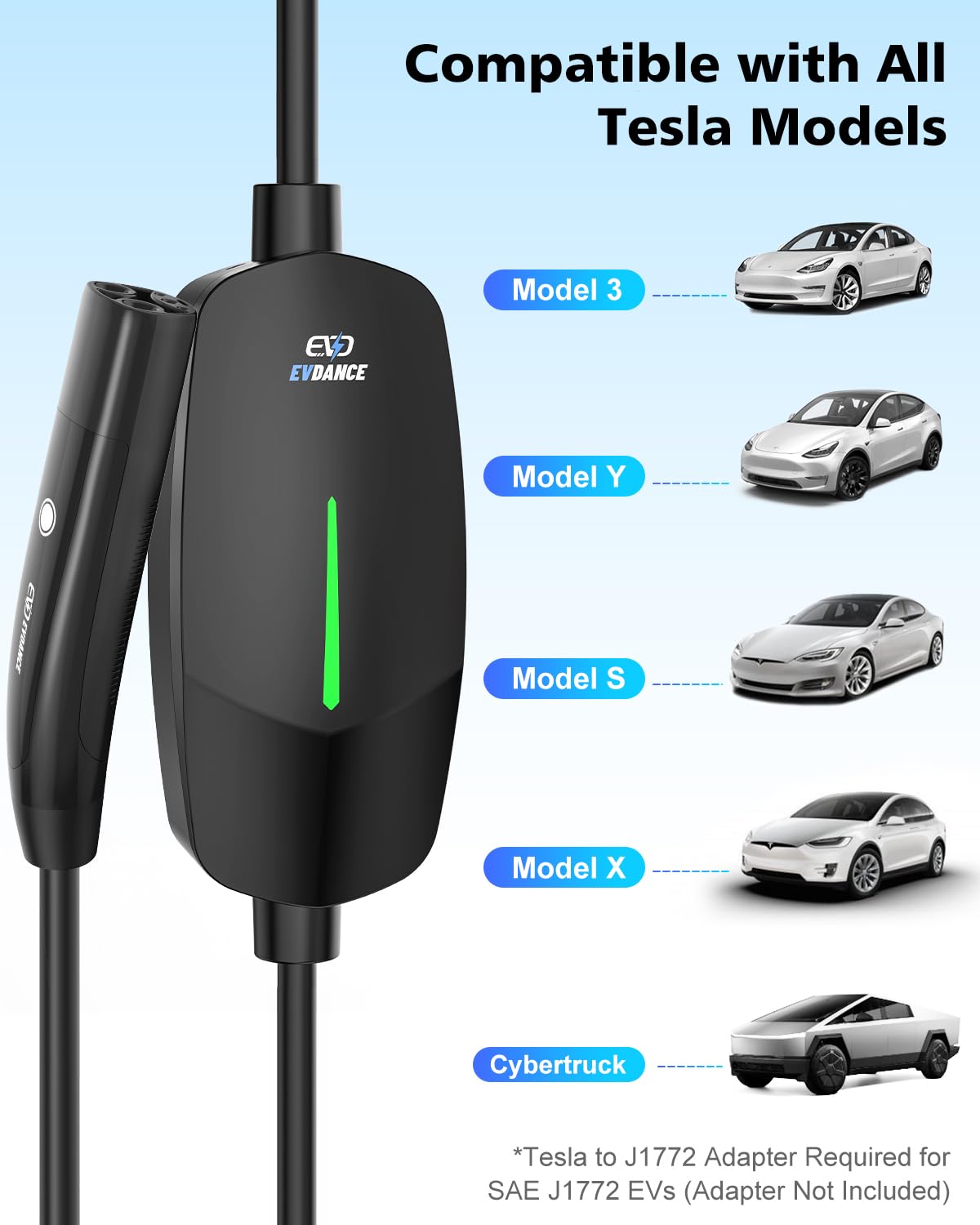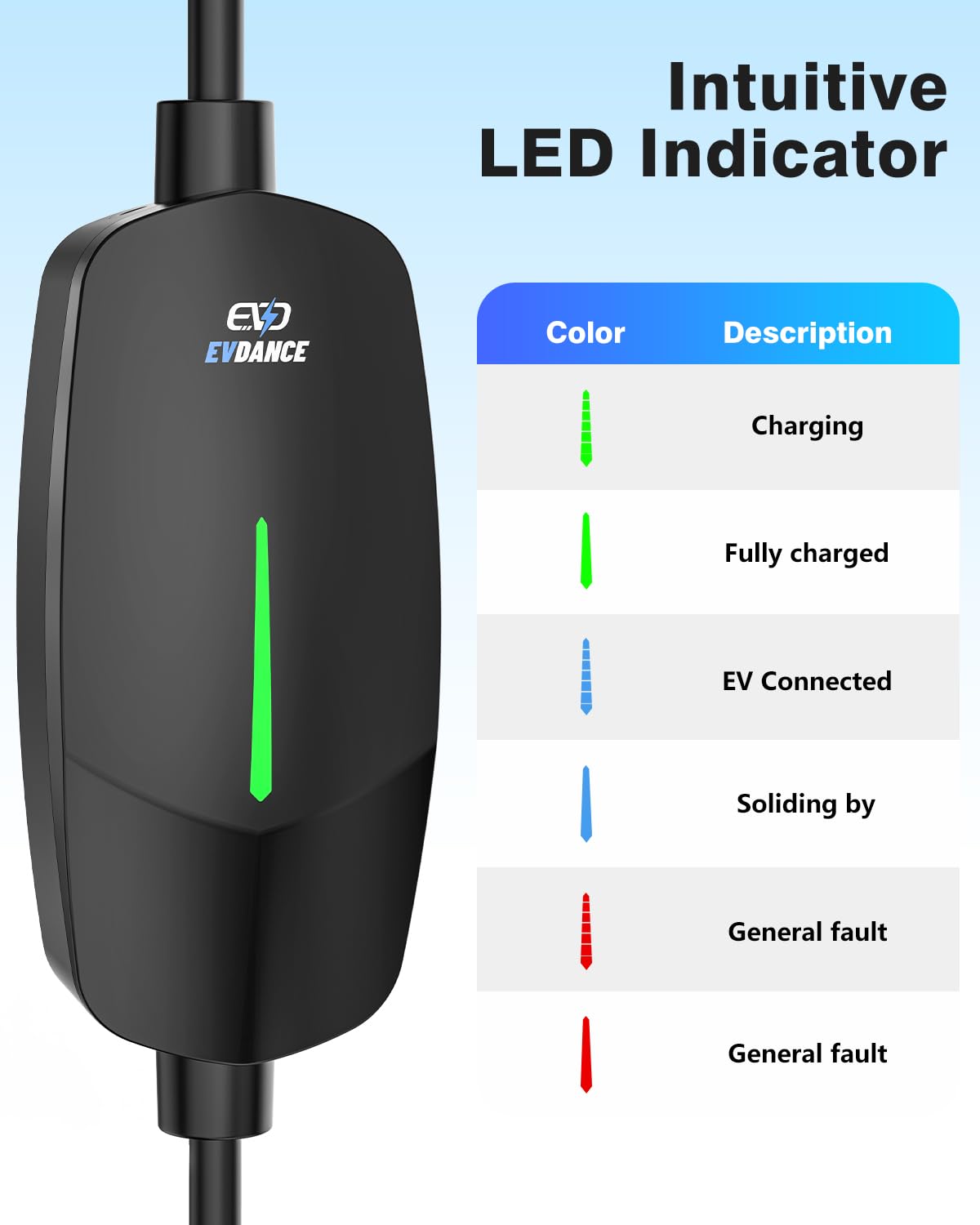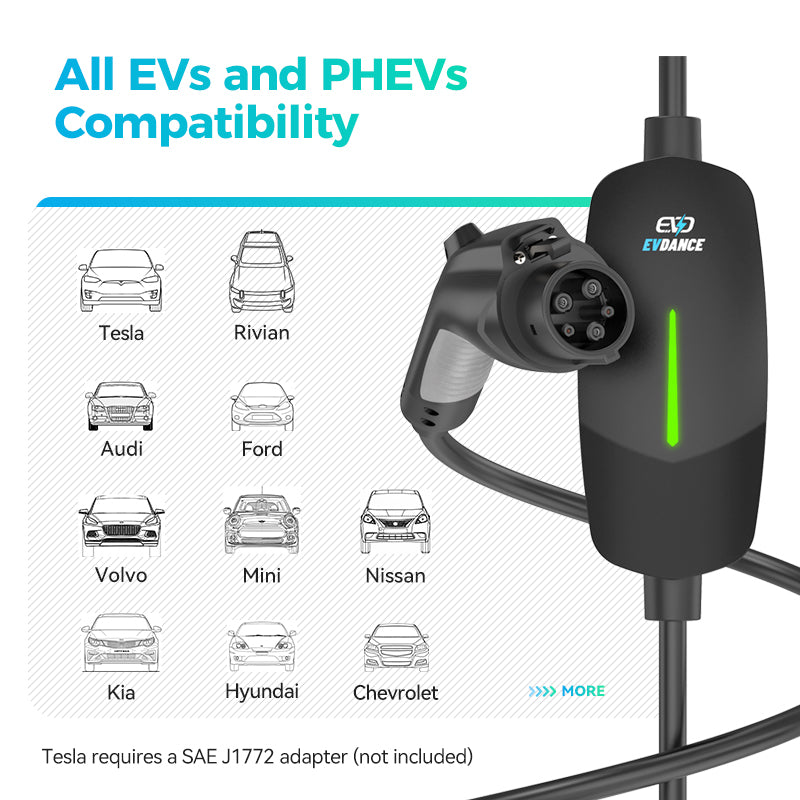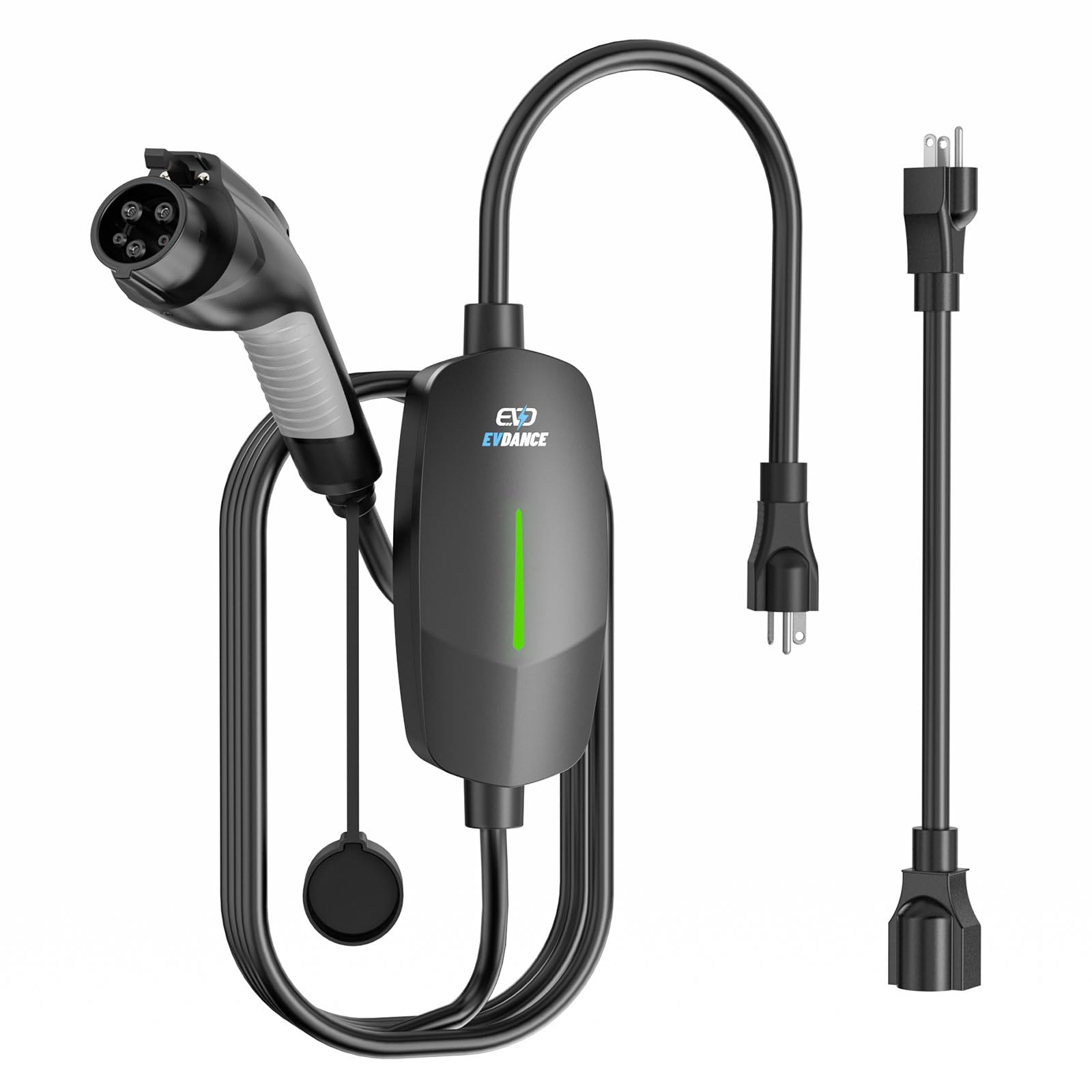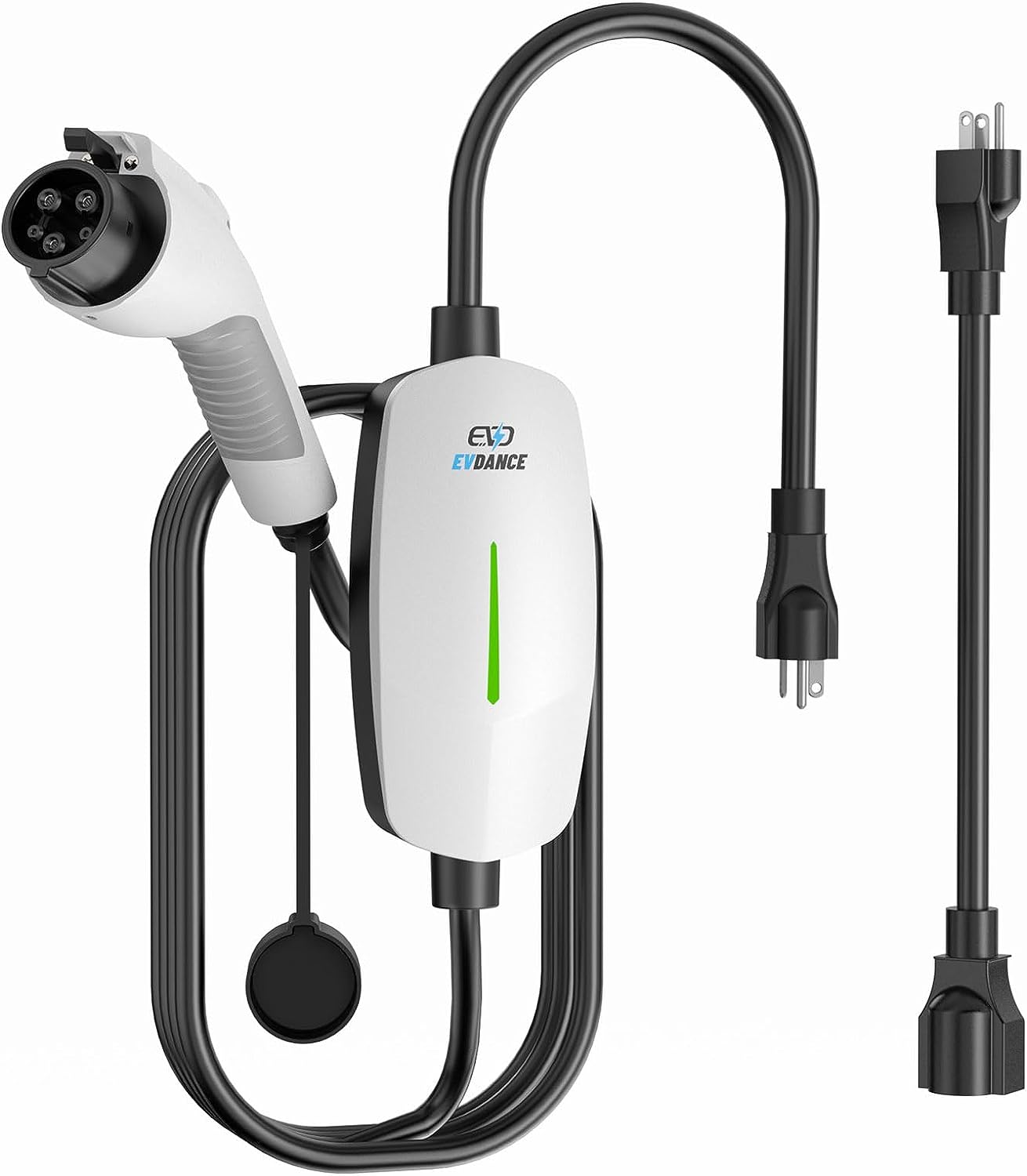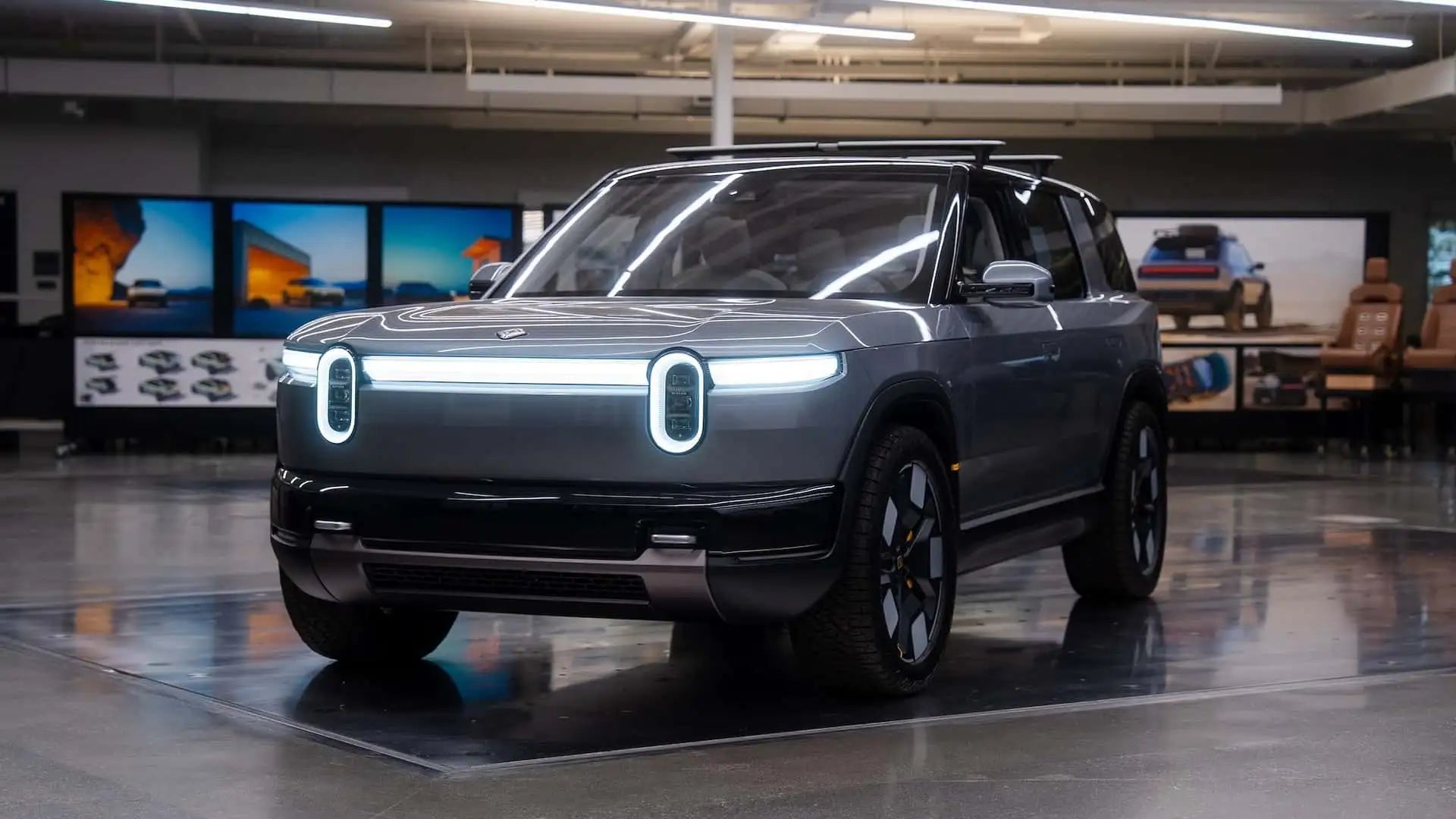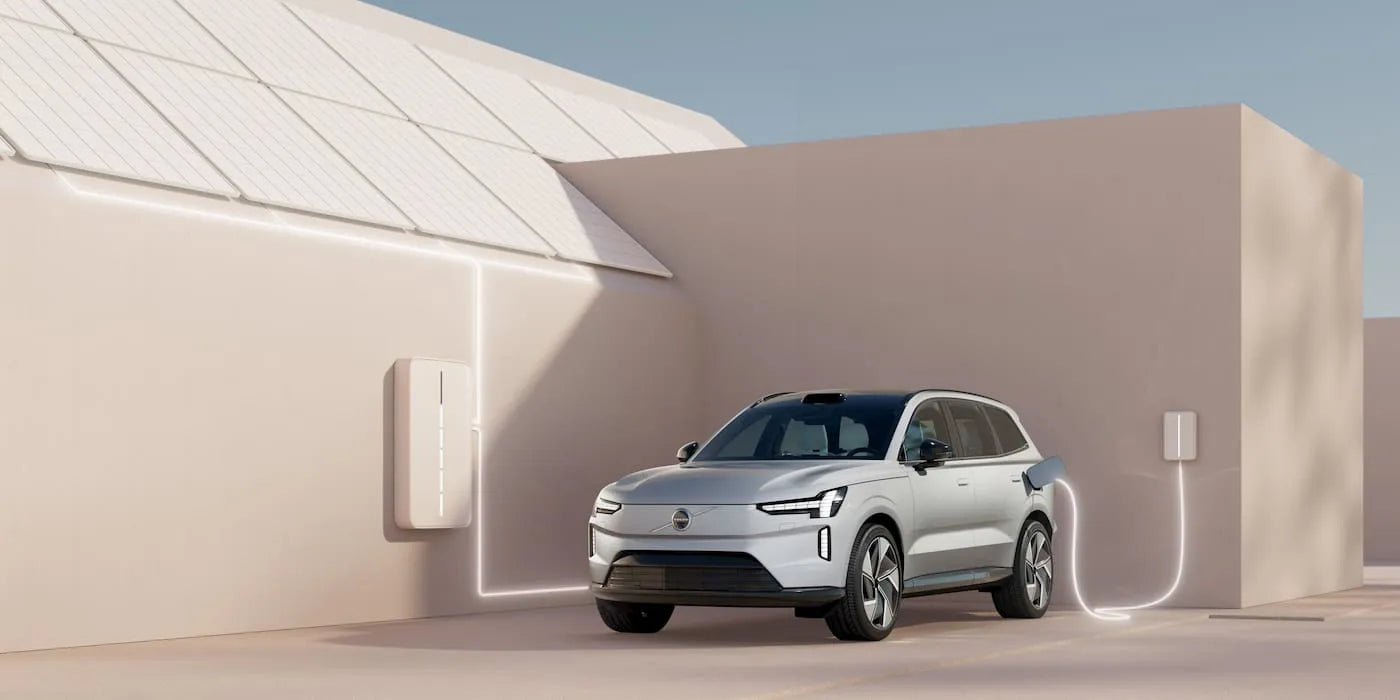FAQ
Trouvez les réponses aux questions sur les chargeurs EV portables.
Qu'est-ce qu'un chargeur EV de niveau 1 et comment fonctionne-t-il ?
Une borne de recharge pour véhicule électrique de niveau 1 utilise une prise domestique standard de 120 volts pour recharger votre véhicule électrique. Elle délivre généralement entre 1,2 kW et 1,4 kW , soit une autonomie supplémentaire de 5 à 8 km par heure . C'est donc une option pratique et économique pour la recharge nocturne à domicile, notamment pour les trajets quotidiens ou les véhicules hybrides rechargeables.
La recharge de niveau 1 est-elle compatible avec tous les véhicules électriques ?
Oui, tous les véhicules électriques vendus en Amérique du Nord sont compatibles avec la recharge de niveau 1 via le connecteur SAE J1772 (ou un adaptateur Tesla). Que vous conduisiez une Tesla (avec adaptateur), une Nissan Leaf, une Chevy Bolt ou une Ford Mustang Mach-E, les chargeurs de niveau 1 rechargent votre batterie en toute sécurité, mais plus lentement que le niveau 2.
Combien de temps faut-il pour charger complètement un véhicule électrique à l’aide d’un chargeur de niveau 1 ?
Le temps de charge dépend de la capacité de la batterie de votre véhicule. Par exemple :
- L'hybride rechargeable (10 à 15 kWh) peut se recharger en 4 à 8 heures .
- La recharge complète d'un véhicule électrique (60-80 kWh) peut prendre de 20 à plus de 40 heures . La recharge de niveau 1 est idéale pour les recharges nocturnes ou pour les véhicules électriques à petites batteries.
Puis-je utiliser un chargeur de niveau 1 à l’extérieur ?
Les bornes de recharge pour véhicules électriques EVDANCE Niveau 1 sont équipées de boîtiers résistants aux intempéries (IP66 ou NEMA 4) pour une utilisation en extérieur en toute sécurité. Assurez-vous simplement que votre prise est protégée par un disjoncteur différentiel et évitez d'utiliser des rallonges. Certaines bornes sont également équipées d'une protection thermique pour un fonctionnement en toute sécurité dans des climats extrêmes.
Quels sont les avantages et les inconvénients de la recharge de véhicule électrique de niveau 1 ?
Avantages :
- Aucune installation requise
- Se branche sur une prise standard de 120 V
- Idéal pour les conducteurs à faible kilométrage
Inconvénients :
- Vitesse de charge plus lente
- Pas idéal pour les véhicules électriques longue portée
- Limité à un seul emplacement de recharge (prise)
La recharge de niveau 1 augmente-t-elle considérablement ma facture d’électricité ?
La recharge de niveau 1 pour véhicules électriques est relativement économe en énergie , consommant environ 12 à 16 ampères à 120 V. Recharger un véhicule électrique pendant 8 heures peut augmenter votre facture d'électricité de 1 à 2 $ , selon les tarifs locaux. C'est l'une des méthodes de recharge à domicile les plus économiques.
Ai-je besoin d’un circuit dédié pour un chargeur EV de niveau 1 ?
Bien que non obligatoire, un circuit dédié de 15 A ou 20 A est fortement recommandé pour éviter le déclenchement des disjoncteurs lorsque le chargeur fonctionne en continu. Partager un circuit avec des appareils électroménagers peut entraîner des surcharges. Consultez un électricien pour une installation optimale, surtout pour les maisons anciennes.
Quelle est la différence entre les chargeurs de véhicules électriques de niveau 1 et de niveau 2 ?
La principale différence réside dans la vitesse de charge et la tension :
- Niveau 1 : 120 V, ~1,4 kW, 3 à 5 miles/heure
- Niveau 2 : 240 V, 3,3 à 11,5 kW et plus, 15 à 50 miles/heure et plus
Les chargeurs de niveau 2 nécessitent une installation professionnelle, mais sont mieux adaptés aux besoins de charge quotidiens plus rapides .
La charge de niveau 1 est-elle sûre pour une utilisation quotidienne ?
Oui, la charge de niveau 1 est très sûre lorsque le chargeur et la prise sont en bon état. Choisissez un chargeur certifié UL avec protections intégrées contre les surintensités, la surchauffe et les surtensions . Évitez les rallonges trop longues et assurez-vous que la prise est reliée à la terre.
Quel est le meilleur cas d’utilisation pour un chargeur EV de niveau 1 ?
La charge de niveau 1 est idéale pour :
- Véhicules hybrides rechargeables (PHEV)
- Conducteurs de véhicules électriques à faible kilométrage (moins de 30 miles/jour)
- Résidents d'appartements ou de copropriétés sans accès 240 V
- Une solution de secours en cas de déplacement. Une solution économique pour ceux qui n'ont pas besoin d'une charge rapide au quotidien.
Vous n'avez pas trouvé vos questions ?
Accédez à notre banque de questions d'assurance qualité pour plus de réponses !




